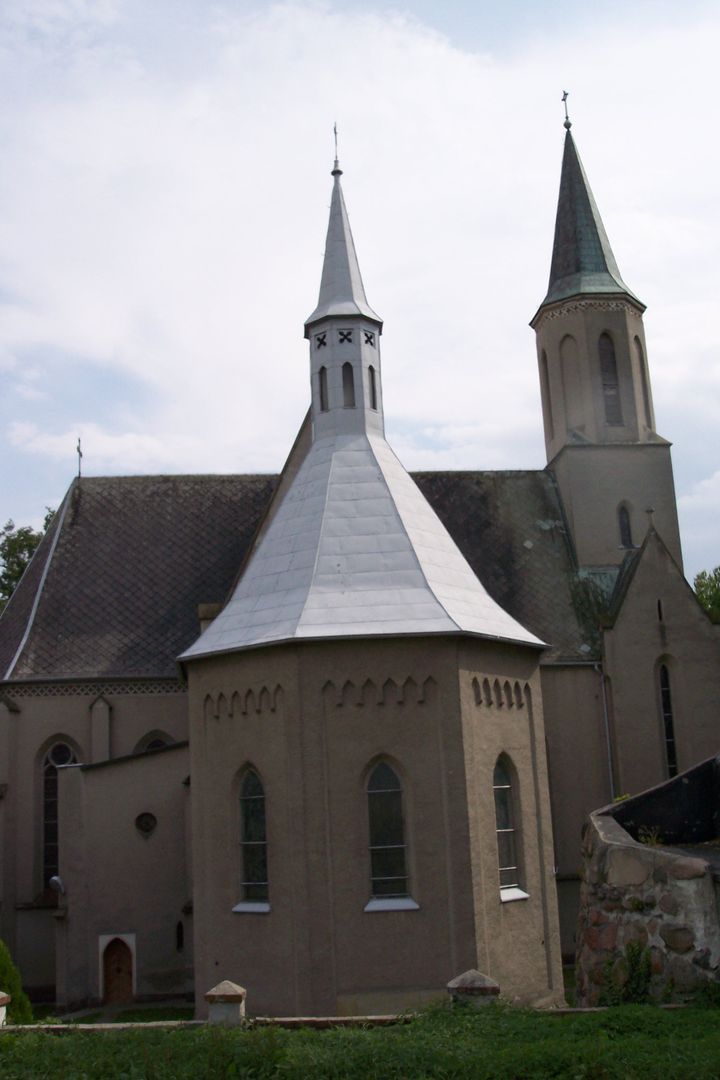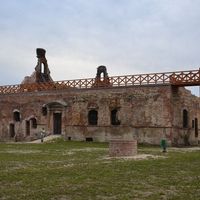Ujazd
6.36

Overview
Ujazd is a town and the seat of the municipality in Upper Silesia, known for its rich history dating back to the 12th century, when it was first mentioned in 1155. Ujazd was granted town rights on May 25, 1223, and remained in the hands of the bishops of Wrocław until 1525. The town developed as a local craft and trade center, gaining significance until the 17th century, when wars led to its stagnation. The 19th century brought a period of economic revival thanks to the construction of the Kłodnicki Canal, although further development was hindered by the lack of railway access. Ujazd is also notable for its modern history, including the tragic events of 1945, when, as a result of military operations, the town was nearly 70% destroyed. Architecturally, Ujazd stands out with its historic buildings, including the 17th-century Baroque Church of St. Andrew the Apostle and the neo-Gothic Church of the Visitation of the Blessed Virgin Mary from 1858. The area also features the ruins of a bishop's castle and numerous chapels from the 18th and 19th centuries, which testify to the region's rich traditions. Ujazd also has an interesting etymological origin—the name derives from medieval Polish law, as confirmed by numerous ancient records. The town has undergone many administrative changes over the years, and its current name was approved in 1946. Today, Ujazd is a service center with a growing small industry sector, and it is traversed by the important national road No. 40, further highlighting its transportation significance. Ujazd is a place full of historical and cultural treasures that reflect both its tradition and dynamic development in the modern world.
Location
You can also find here:
2025 Wizytor | All Rights Reserved
